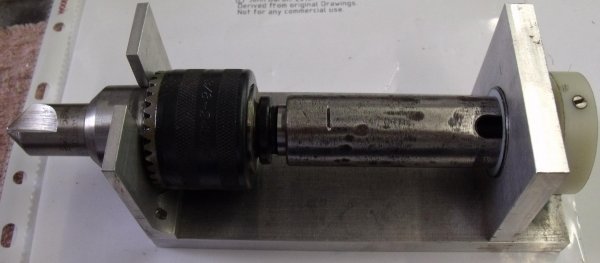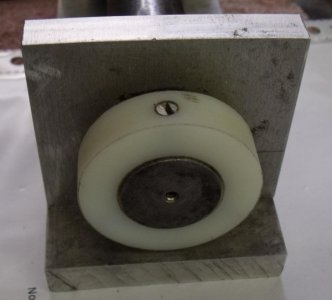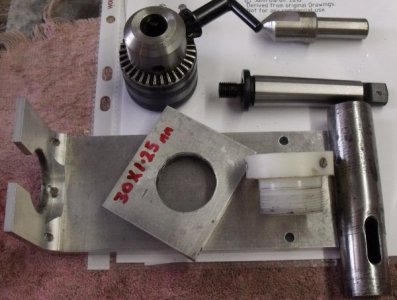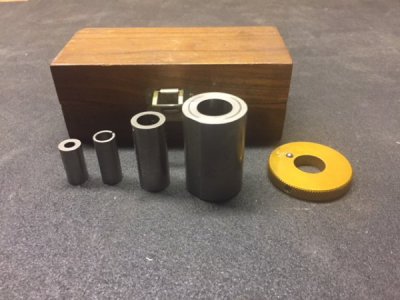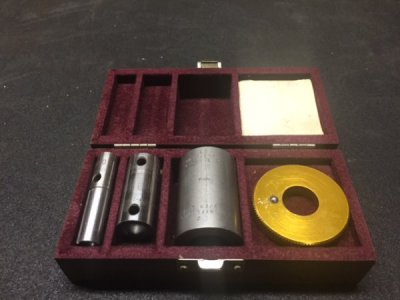- Joined
- Apr 14, 2014
- Messages
- 3,151
I would concur with Mikey as to the quality of MA Ford, Keo and Weldon. These are the only 3 brands I've been using going on 40 years. I prefer the uniflute design in that it can be used in a drill press, mill or in a hand drill without chattering. The so called 6 flute "chatterless" design works well in rigid machines, but is a real PIA to use in the field with a hand drill.
The majority of my countersinks are MA Ford. Years ago I purchased a fixture from MA Ford to sharpen them with a surface grinder.
The majority of my countersinks are MA Ford. Years ago I purchased a fixture from MA Ford to sharpen them with a surface grinder.


